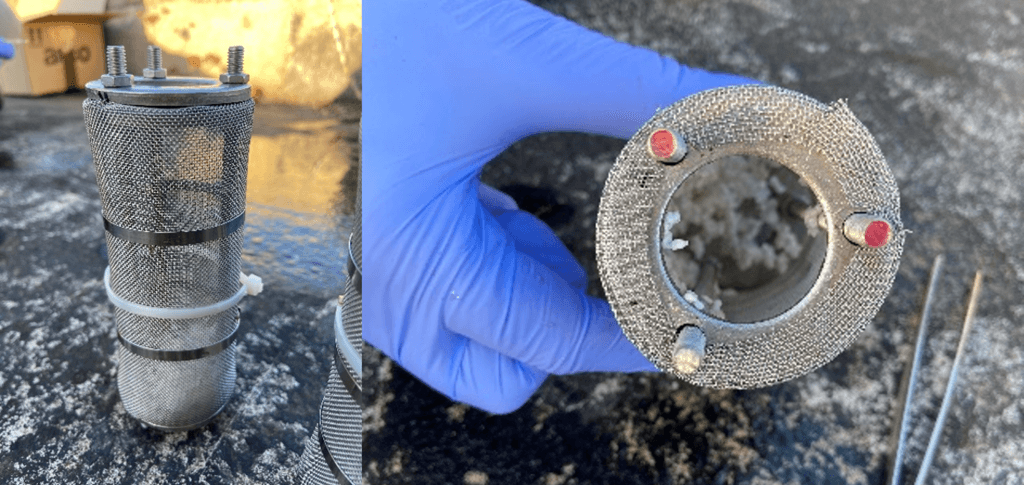Blog by Jennifer Scott, PhD Researcher at Heriot Watt University
Plastic debris accumulating in the marine environment serves as a new habitat for microbes, with the resulting microbial community on plastic’s surface called a biofilm. There are still many things we don’t fully understand about biofilms on plastics: the early stages of colonization by microbes, how depth affects the microbial community which develops on the plastics, to what extent pathogens are enriched on plastics compared to other surfaces (e.g. glass) and if there are microbes capable of degrading plastics. There is also a lack of studies on the microbial biofilm of plastics in the tropics compared to the northern hemisphere.
We aim to address these knowledge gaps on our upcoming field trip where we will deploy an experiment to investigate biofilm development on different plastic types in Vietnamese coastal waters over time. A team from Heriot Watt University, Edinburgh will travel to join a team from Phenikaa University, Hanoi to deploy experiments in the Red River Delta region and Cat Ba Island from July – August 2023. We will look at two different kinds of plastic, polystyrene and plastic bottles, both in microplastic form. Microplastics are plastics less than 5mm in size and are abundant in the ocean. Our work will allow us to better understand how the microbial community on plastics changes over time and if they are enriched in pathogens compared to other surfaces in the ocean.
